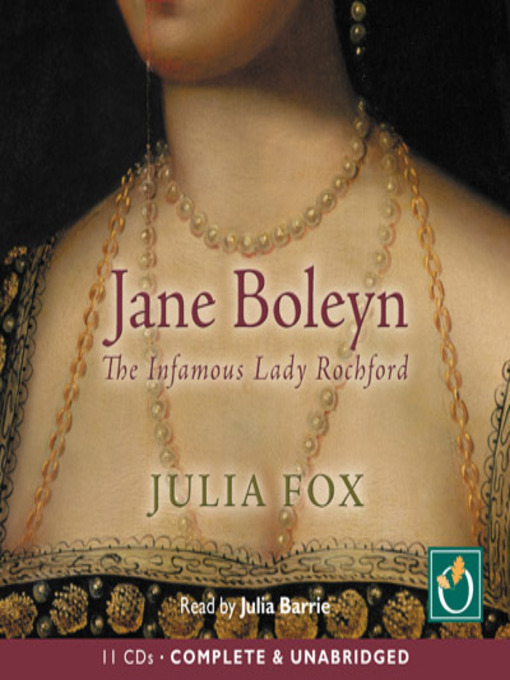


Lady Rochford was then interrogated and she accused Catherine and Culpeper of contriving the affair themselves and forcing her to act as a go-between.īaldwin Smith writes that even then the evidence was “inconclusive, dependent upon idle gossip”, but then Culpeper sealed his and Catherine’s fates by admitting that “he intended and meant to do ill with the Queen and that in like wise the Queen so minded to do with him.” Both Culpeper and Catherine Howard were therefore guilty of treason under the 1534 Treason Act which defined traitors as those who “do maliciously wish, will or desire by words or writing, or by craft imagine” harm to the King or his death. She went on to implicate Jane Boleyn, Lady Rochford, accusing her of being what Baldwin Smith calls an “agent provocateur” by engineering the affair. However, it was Francis Dereham’s statement “that Culpeper had succeeded him in the Queen’s affections” which brought the spotlight on to Culpeper.Īfter a series of interrogations, Catherine Howard finally admitted to secret assignations on the back stairs, to calling him her “little sweet fool” and giving him a cap and a ring however, she denied a sexual relationship.

The Thomas Culpeper Storyīaldwin Smith writes of how Culpeper’s name had been linked to Catherine’s “as early as 11 November” and that when Catherine was a maid of honour to Anne of Cleves she had mentioned a possible engagement to Thomas Culpeper. I also give information on the executions of the men and of Catherine Howard and Jane Boleyn, Lady Rochford. This post continues from “The Fall of Catherine Howard” and tells of how it was the Thomas Cupeper “affair” which was the nail in Catherine Howard’s coffins.


 0 kommentar(er)
0 kommentar(er)
